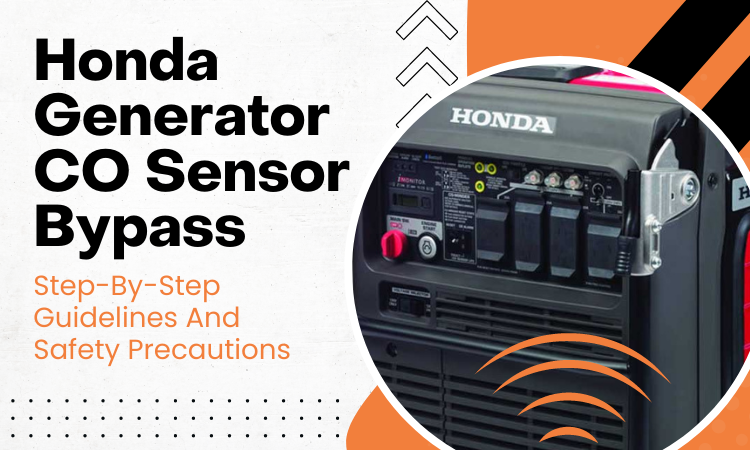Honda Generator CO Sensor Bypass: Step-By-Step Guideline And Safety Precautions
Honda generators have a carbon monoxide sensor device known as the CO-MINDER. The CO-MINDER is a device that may save lives by preventing carbon monoxide poisoning.
So, is it safe to conduct a Honda generator CO sensor bypass?
A carbon monoxide sensor, or CO sensor, is a safety device included in many Honda generators. It is intended to detect unsafe quantities of carbon monoxide, a deadly gas that can be created during the combustion of fuel.
Yet, there are times when a Honda generator owner may choose to bypass the CO sensor. Such as, while using the generator outside or in a well-ventilated room.
The generator can be utilized without the danger of shutting down owing to a false reading from the CO sensor by bypassing it.
So let’s not waste any more time and figure it out!
Contents
- 1 What is the CO-Minder and How does It Work?
- 2 How Does the CO-Minder Operation Function?
- 3 Reasons Some People Might Bypass a Honda Generator CO Sensor
- 4 How Do You Know that The Sensor is Going Bad?
- 5 Health Issues and Precautions to Take Before Bypassing A CO Detector
- 6 Honda Generator CO Sensor Bypass: Step-by-Step Guideline
- 7 Alternative to Bypass A Carbon Monoxide Detector
- 8 Conclusion
- 9 Frequently Asked Questions (FAQs):
What is the CO-Minder and How does It Work?
Starting in 2020, all portable Honda generators will have the new CO-MINDER system.
CO-MINDER helps reduce the risk of carbon monoxide (CO) poisoning, ensuring you can use Honda generators safely and with peace of mind.
The CO-MINDER system constantly checks CO levels. If they get too high, it automatically shuts down the generator. It uses a strong, fast-reacting sensor that lasts a long time. Warning lights on the generator show if it shuts down due to high CO levels.
How Does the CO-Minder Operation Function?
Well, before moving on to the Honda generator CO sensor bypass, we need to know about CO-MINDER Operation.
The following are the fundamental activities of the CO Minder system on a Honda generator:
Sensing: The Honda generator’s CO Minder system utilizes a sensor to continuously check the air for the presence of carbon monoxide gas.
Display: The CO-MINDER includes a multi-color LED display that indicates the current CO levels in the air. The monitor will change color to show the severity of the CO levels. For example, green signifies safe levels, yellow signals caution, and red indicates dangerous levels.
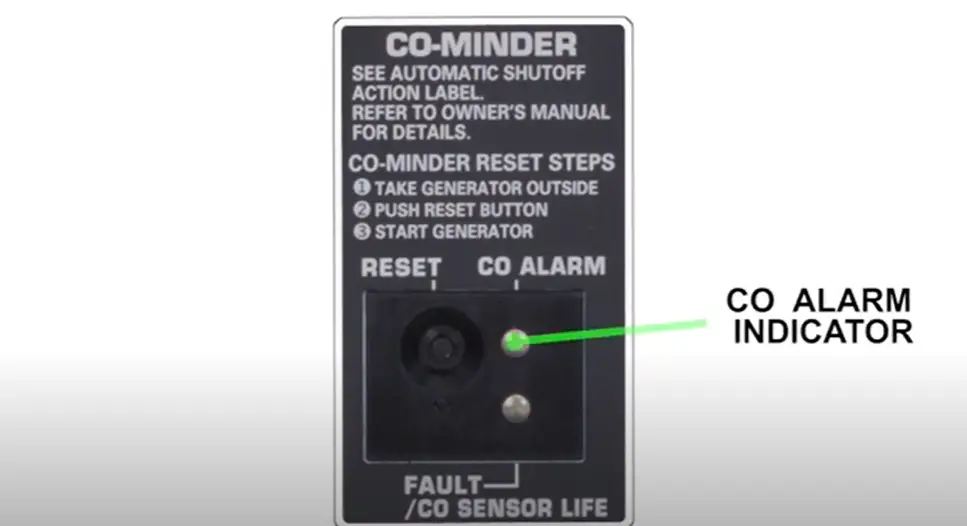
Alert: If the CO levels in the air surpass a particular threshold, the Honda generator’s CO-MINDER system will automatically switch off the generator.

Reset: The Honda generator must be reset before restarting the engine.
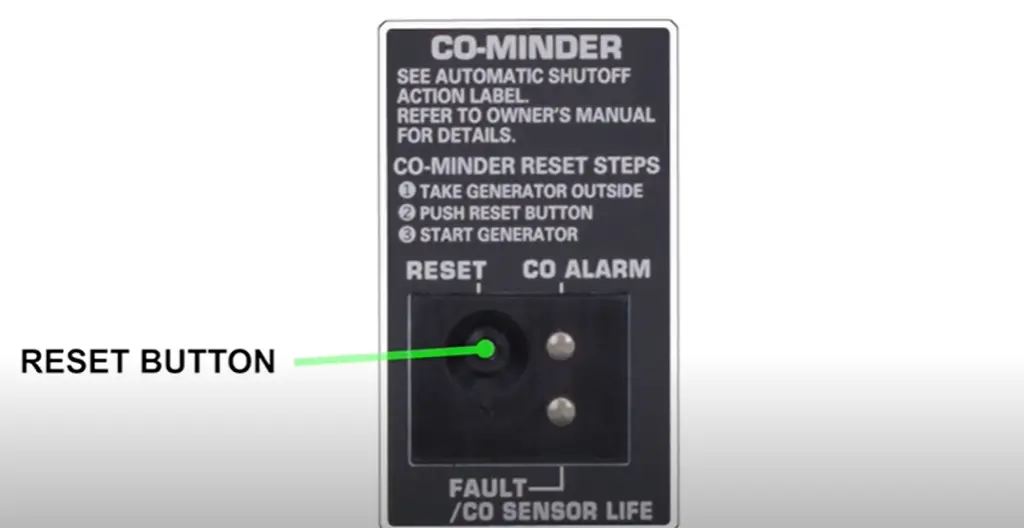

Reasons Some People Might Bypass a Honda Generator CO Sensor
Bypassing a Honda generator CO sensor is not recommended and is very dangerous. However, some people might consider doing it for the following reasons:
- Faulty Sensor: If the CO sensor is not working correctly and keeps shutting down the generator even when there is no real danger, some might bypass it to keep the generator running.
- Urgent Power Needs: In an emergency where power is urgently needed, and the CO sensor is causing shutdowns, some might bypass it to ensure the generator stays on.
- Lack of Awareness: Some users might not realize how important the CO sensor is and might bypass it, thinking it’s not essential.
- Cost-Saving Efforts: Instead of replacing a faulty CO sensor, some might bypass it to save money on repairs or replacements.
How Do You Know that The Sensor is Going Bad?
If the generator’s FAULT/CO SENSOR LIFE indicator blinks while it’s being used, there may be a problem. It’s possible that the CO-MINDER has reached the end of its useful life and has to be replaced.

If the light blinks every four seconds, the CO-MINDER has six months to a year before it has to be replaced.
If the indicator blinks every two seconds, the CO-MINDER likely has six months remaining at most.
Dangers of Bypassing the CO Sensor
- Carbon Monoxide Poisoning: The CO sensor is there to detect harmful levels of carbon monoxide and shut down the generator to keep you safe. Bypassing it can expose you to deadly CO gas.
- Breaking Safety Rules: Using the generator without a working CO sensor goes against safety standards and could get you into legal trouble.
- Peace of Mind: Without the CO sensor, you won’t have protection against CO buildup, which can be really worrying for everyone around the generator.
- Voiding the Warranty: If you bypass the CO sensor, you might void the generator’s warranty, which means you could face high repair costs if it breaks down.
Health Issues and Precautions to Take Before Bypassing A CO Detector
It is not suggested to bypass a carbon monoxide detector since it might pose major health concerns.
Carbon monoxide (CO) is a highly dangerous gas. It has no smell and can’t be seen. Major health issues, including brain damage or even death, may result from prolonged exposure.
That’s why it’s so important to take safety measures to prevent being exposed to carbon monoxide.
Safety Precautions: If you’re planning to bypass a carbon monoxide detector, you should take the necessary measures.
The generator’s operating position should be changed when the CO-MINDER system shuts off the engine. If the CO-MINDER system is turned off, you are not allowed to do the following.
1. Never use the generator in a room that is completely or partly locked off.
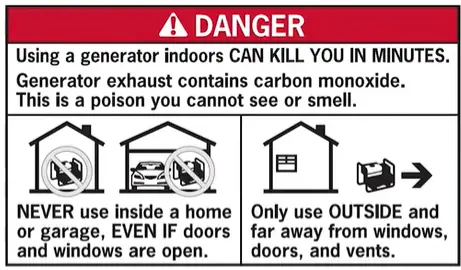
2. Even if the generator is outside and away from your house, do not enclose or cover it with any kind of board or tent.
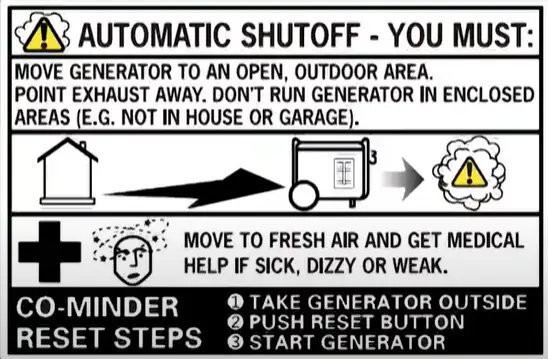
3. Place the generator such that the muffler faces towards the wind and the exhaust goes in the opposite direction of any nearby buildings or cars.
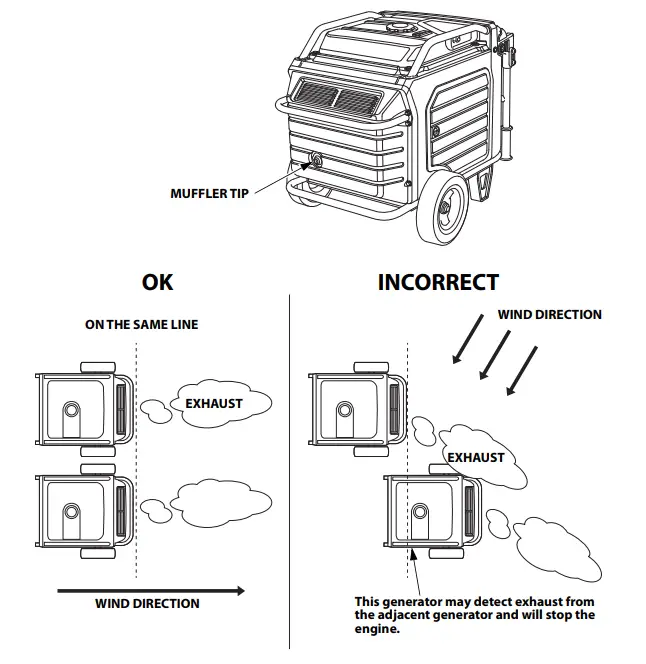
4. Avoid installing the generator near carbon monoxide-emitting items, for example, another generator.
5. When running two generators in parallel, position the generators far from one another. In order to prevent cross-pollination across generators.
Honda Generator CO Sensor Bypass: Step-by-Step Guideline
It’s vital to keep in mind that the CO sensor shouldn’t be turned off. Because it can create some fatal health issues.
However, in an emergency, you may bypass the CO-MINDER. For example, if you need to go outside the home for an emergency purpose, but your Honda generator is shut off by CO-MINDER, then you need to bypass the CO-MINDER. Because there is no option unless you bypass it.
As the CO sensor is an important safety component that is intended to protect humans from carbon monoxide poisoning.
If you’ve ever worried about how to securely maintain a Honda generator while its CO-MINDER has been disabled, this article is for you. So, before doing anything, it’s best to consult the manual or an expert.
However, in case of an emergency, you can follow the below steps by being careful and suitable safety equipment.
Step 1: Take the plug out of the generator’s socket.
Because carbon monoxide is dangerous, you must turn off the generator’s power source. During that period, it will be less harmful.
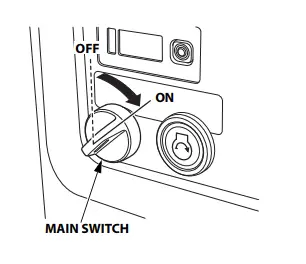
Step 2: Remove the CO Sensor from The Generator.
When the CO levels in the air exceed a certain threshold, the Honda generator’s CO-MINDER mechanism will turn the generator off automatically. And produce an audible warning to notify users of the possible risk.
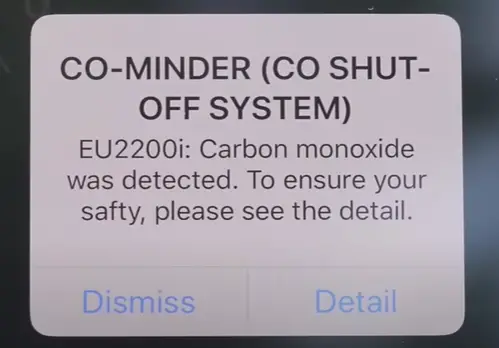
When the generator is opened, the user may see a multi-conductor wire. Then the user needs to displace the wire and remove the CO-MINDER from the generator.
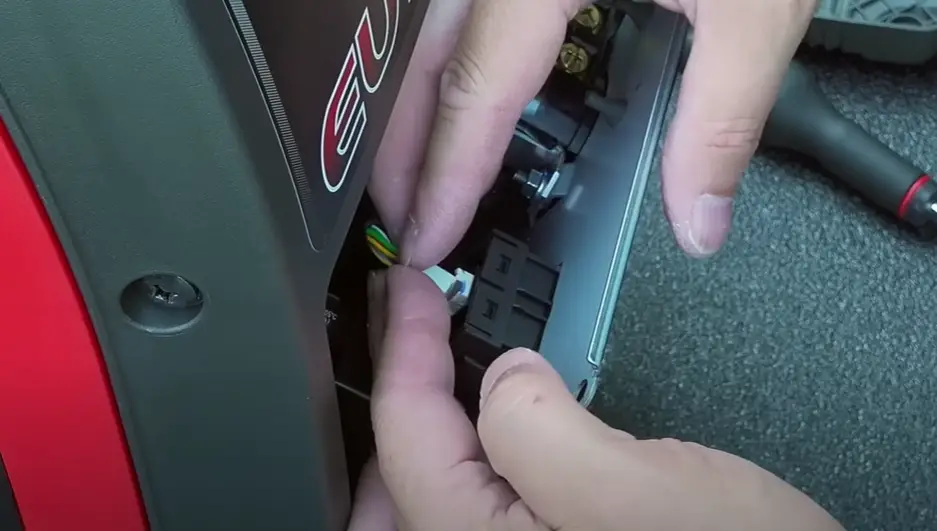

Step 3: Connect the Power to The Generator Again.
It’s time to reconnect the power to the generator after removing the CO-MINDER. When doing this, the user must be cautious because it could be dangerous.

Step 4: Start the Generator and Let It Run for A Few Minutes.
Then start the generator for a while. If all the internal functions of the generator are alright, it means the bypass has been successful. But remember this is risky to work without CO Minder. Therefore be cautious during those times.
After completing all the bypass steps, carefully reconnect the CO sensor. Since the CO sensor is an essential safety element meant to prevent carbon monoxide poisoning.
Then place the CO-MINDER again, and start the generator again. Keep it for a while, until is up to full power again.
Otherwise, you can go with a backup generator.
For more knowledge, you can see the video.
Alternative to Bypass A Carbon Monoxide Detector
Since it is not recommended to bypass the CO sensor as bypassing the CO sensor is dangerous. But you have some alternative ways to bypass it. These are some examples:
1. Checking the generator’s location: If you don’t want CO gas to seep into your house, make sure the generator is situated in a well-ventilated location away from doors and windows.
2. Examining the exhaust system: Check the generator’s exhaust system for junk, and inspect the muffler for signs of damage or rust that could impair its capacity to minimize CO emissions.
3. Changing the CO sensor: If you believe that the CO sensor is not working properly, a certified technician can replace it. This ensures that the sensor is functioning properly and that you are appropriately protected from carbon monoxide poisoning.
4. Utilizing a second CO detector: To provide an extra layer of protection against carbon monoxide gas, consider installing a separate CO detector in your home or workplace.
These detectors are intended to sound an alarm when a specified quantity of CO gas is detected, alerting you to potential threats.
Conclusion
Bypassing the CO sensor on a Honda generator is very dangerous and should not be done. The CO-MINDER system protects you from carbon monoxide (CO) poisoning, which is deadly but invisible and odorless.
Some people might think about bypassing the sensor if it seems faulty, if they urgently need power, or to save money. However, this puts you at serious risk. CO-MINDER monitors CO levels and shuts down the generator if they get too high, keeping you safe.
If your CO sensor has issues, get a certified technician to fix or replace it. Always use the generator in a well-ventilated area to prevent CO buildup.
In short, never bypass the CO sensor. Keep it working properly and follow safety guidelines to protect yourself and others from carbon monoxide poisoning. If there’s a problem, get professional help right away.
Frequently Asked Questions (FAQs):
How often does the CO-MINDER sensor need replacement?
To take advantage of improvements in safety technology, the National Fire Protection Association (NFPA) and Kidde both suggest replacing your smoke and heat alarms every 10 years and your carbon monoxide and combination alarms every seven to ten years (depending on your model).
Why does A CO Detector Expire?
Like any other electronic gadget, carbon monoxide detectors wear out as their sensors lose their sensitivity to the gas over time. Newer types may live up to 10 years, although the average lifespan is closer to seven.
How Do I Turn off My CO Detector?
Carbon monoxide detectors must be reset using a battery or cable electricity. Before beginning the reset process, ensure that a battery is attached or that the power is turned on. First, seek the ‘silence’ or ‘reset’ button. Keep this button down for 10 seconds or more.

